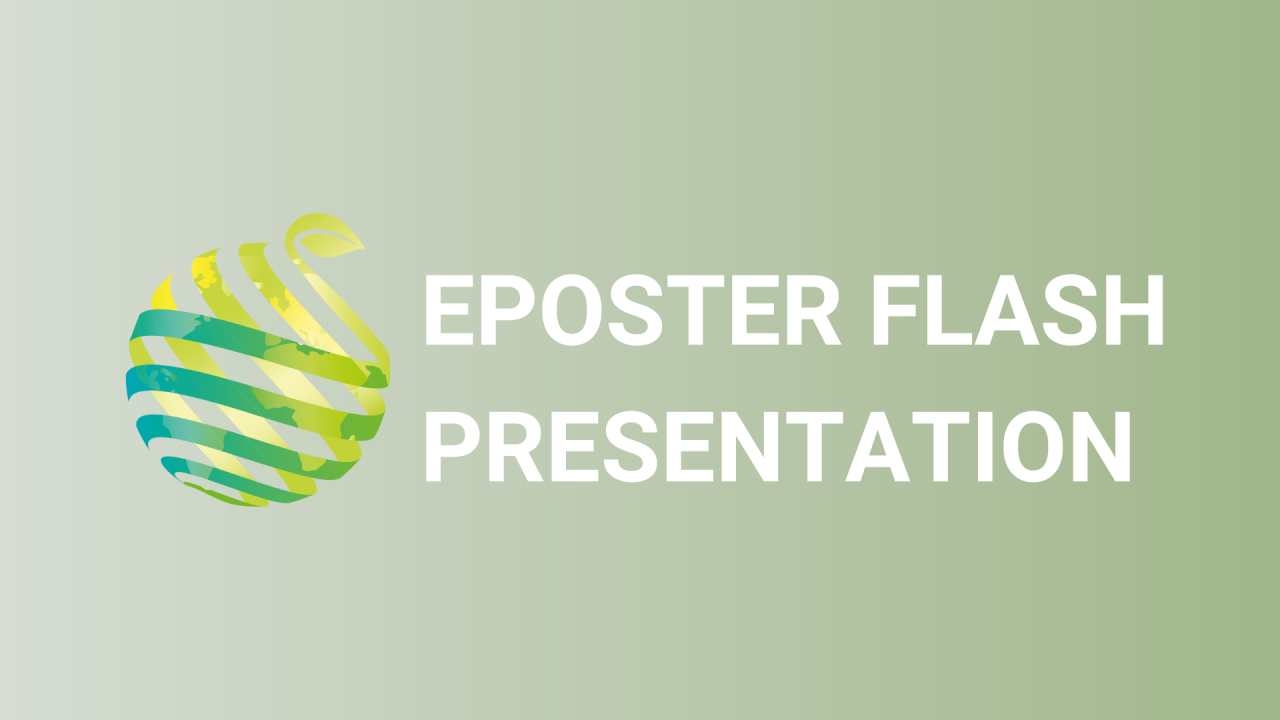

S11 - Session P5 - Seed priming by light radiation mitigates the negative effects of high salinity on photosynthesis and growth of lettuce plants
Information
Authors: Salah Fgaier *, Jawad Aarrouf, Félicie Lauri, Yves Lizzi, Florine Poiroux, Laurent Urban
Salinity is considered as one of the main environmental stresses that reduce agricultural productivity around the world. Salt stress-related effects on agricultural yield are extremely harmful. Under salinity, crops exhibit slower growth rates and significantly reduced reproductive development. Improving plant salinity tolerance is thus essential to ensure the quantity and quality of crop production under high salinity conditions, especially in arid and semi-arid regions. Seed priming by physical means represents a very promising technique which presents many advantages over conventional ones (based on the imbibition of seeds). The main objective of this study was to investigate the potential of light radiation as a physical treatment of seeds for salinity tolerance. In the first part, the effect of seed priming on lettuce growth parameters, gas exchange measurements (net photosynthetic assimilation (A net ), stomatal conductance (g s ), maximal photosynthetic assimilation (A max ), and dark respiration (R d )), and chlorophyll fluorescence under salinity stress were evaluated. To this end, lettuce plants issued from primed seeds were grown in a hydroponic culture system supplemented with 0 mM NaCl (control) or 100 mM NaCl. Results of this part showed that plants issued from primed seeds appeared to be better acclimated to high salinity since they exhibited a higher fresh mass and a greater leaf area and number compared to non-primed. The positive contribution of light seed priming to plant growth can be partially attributed to a higher net photosynthetic assimilation rate. The second part of this study was carried-out in field conditions (Senegal) in order to assess the reproducibility of our findings obtained in hydroponic conditions. Preliminary results need to be required confirmation by further trials in field conditions. In conclusion, our findings highlighted the high potential of light seed priming for mitigating salt-induced negative effects on growth and yield parameters of lettuce plants.